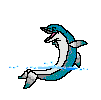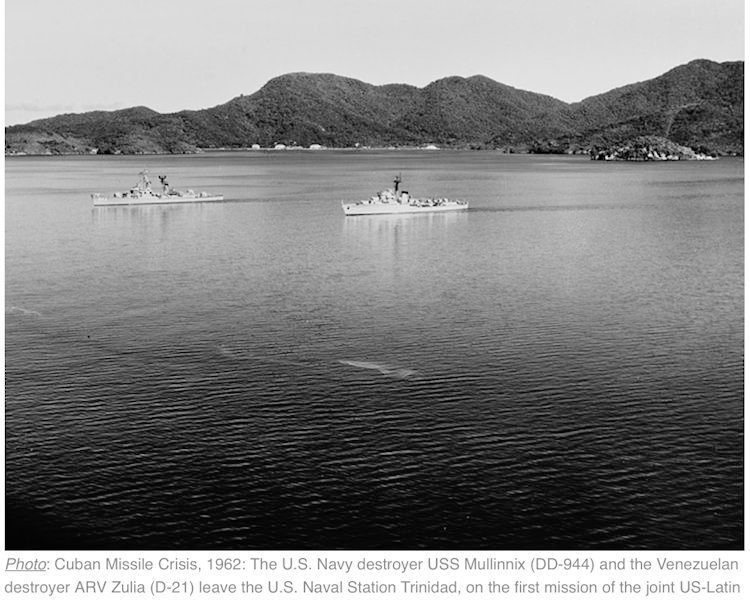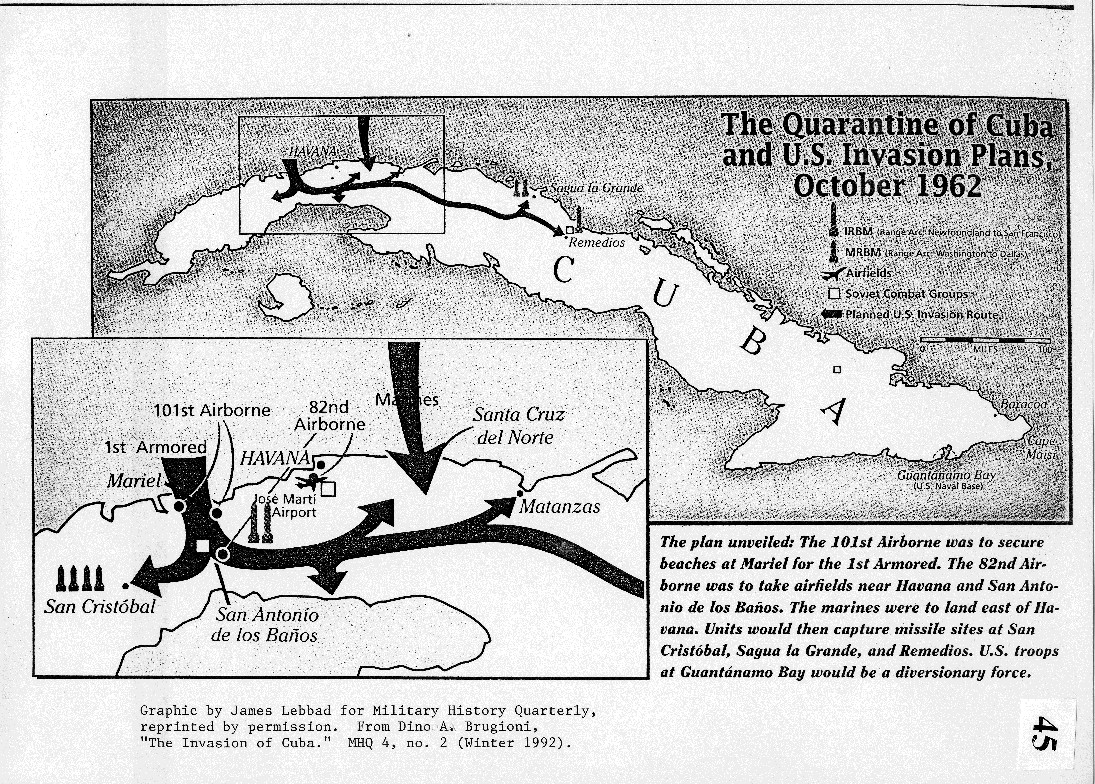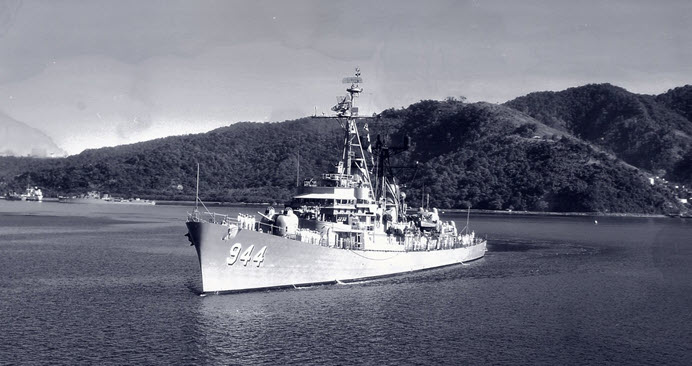
|
1962 - Cuban Missile Crisis
|

|
“The Most Dangerous Two Weeks in History”



1962 Mullinnix Deck Logs
January 1962 (PDF)
February 1962 (PDF)
March 1962 (PDF)
April 1962 (PDF)
May 1962 (PDF)
June 1962 (PDF)
July 1962 (PDF)
August 1962 (PDF)
September 1962 (PDF)
October 1962 (PDF)
November 1962 (PDF)
December 1962 (PDF)


Excerpt from "The Last Gun Ship - History of USS Mullinnix DD-944"
A Historical Novel By Frank A. Wood

